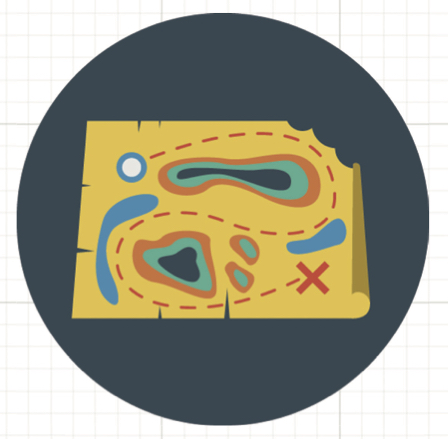Write down your race plan.
As a coxswain, one of the biggest assets you can take to your next head race is your race plan. This is true because in a head race, you're tasked with coxing for 15-20 minutes instead of the usual five to seven. A race plan with specific calls removes the fear of running out of effective things to say.
Match your calls to the race segments.
When I'm working on a race plan for a head race, I like to break the course into thirds as a way to help me shape my calls throughout the race. The first third of the plan has calls that focus on rhythm and technique, the middle third is comprised of calls that are 70% technical and 30%
motivational, and the final third inverts the call ratio to 30% technical and 70% motivational. Your rowers may be pretty fatigued going into the final third of the race; incorporating technical calls that reference your rhythm and maintain boat speed will be key.
Build your tone from start to finish.
The tone of your calls is similar to sprint races. Knowing how and when to balance being "in your face" vs. being calm and relaxed can go a long way toward ensuring your calls are effective and making the race more bearable for the
rowers. Think of it as a gradual build from start to finish. Start with a relaxed-but-focused-tone and as the energy builds throughout the race, let the energy you bring into the boat reflect that.
Having your calls loosely outlined in your race plan (which should be crafted with the help of your rowers and coaches) means that instead of relying on the same handful of stock calls throughout the race, all you have to do is interject
the relevant ones based on what you're seeing and feeling. Remember to maintain your composure and, as always, never let 'em see you sweat.
PICK YOUR LANDMARKS
Pick 3-5 landmarks along the course (bridges, boathouses, mile markers, etc.) as places to do technical 5- or 10-stroke pieces. Base these calls on what you know your boat has a tendency to do during a head race. For example, if you know your boat tends to start shortening up their strokes midway through the race, take five
strokes for length around the halfway point. Scout the course so you know where the halfway mark is. If you're a visual person, assigning your bursts to specific landmarks is an easy way to keep things organized. Know that the halfway mark, for instance, happens under a certain bridge or in front of a particular boathouse.
WORK THE STRAIGHTAWAYS
Determine 2-3 spots to make a move. This is where you can take your 20-stroke pieces. I like to do this twice during the race: once in the first half and once in the second half. Aim to coordinate these pieces with a straightaway on the course. Having a "Plan A" and "Plan B" here is important because you might be alongside other crews as you make your move or you might be all alone. Either way, you have to know how to cox the crew through both situations.
MAKE A LIST OF INTERNAL CALLS
Develop a list of internal calls. These calls can be technical calls, but largely, they're motivational calls. Choose calls that resonate for a specific reason with the boat or a rower. I like to have three or four of these in my back pocket. Use them when you know they'll have the most effect. That could be when you're sitting on another crew, working to pass them, or when you sense the boat starting to get heavy and fatigue is setting in. You can't plan when to use them, but having them ready to go ensures you won't waste precious seconds (and meters) searching for the right words.




